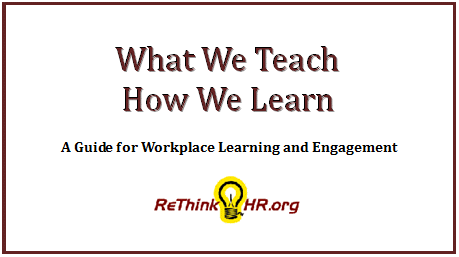Calm down… calm down!

There have been many reactions to data…
and articles often (i.e. BigData in HR: Why it’s Here and What it Means, Big Data in HR: The Opportunity, How BigData Tools Helps HR Understand You - Forbes, on and on) mention how data can help a business with understanding the customers they serve and the engagement of their employees. They’re have also been articles mentioning the need for HR professionals to pay attention, learn and use how data can be used to benefit them.
Don’t get it twisted
but don’t confuse the availability of that data versus the use of that data. It the data, no matter how big, is not used in context with what the business or its employees are facing then it can be confused as a virus when it really is just a symptom of the opportunity/problem you are trying to address. Too many people use data they collect in the wrong way. They use it to reinforce their assumptions rather than take a look at the picture data presents to make decisions for the short term and the long-term.
Use data, don’t abuse it
The key in analyzing data is making the content match the context. Just having people answer questions and then coming up with spreadsheets and graphs to prove your own point should not be a goal, not to mention it can illegal and unethical (dependent on who is reporting and how the data is presented - or just how much of a spotlight you have on you!)

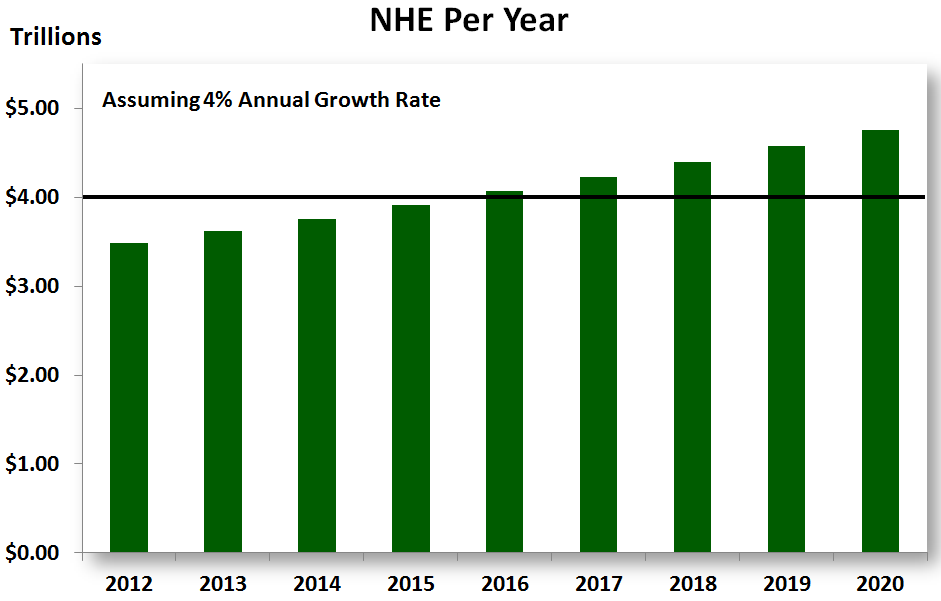

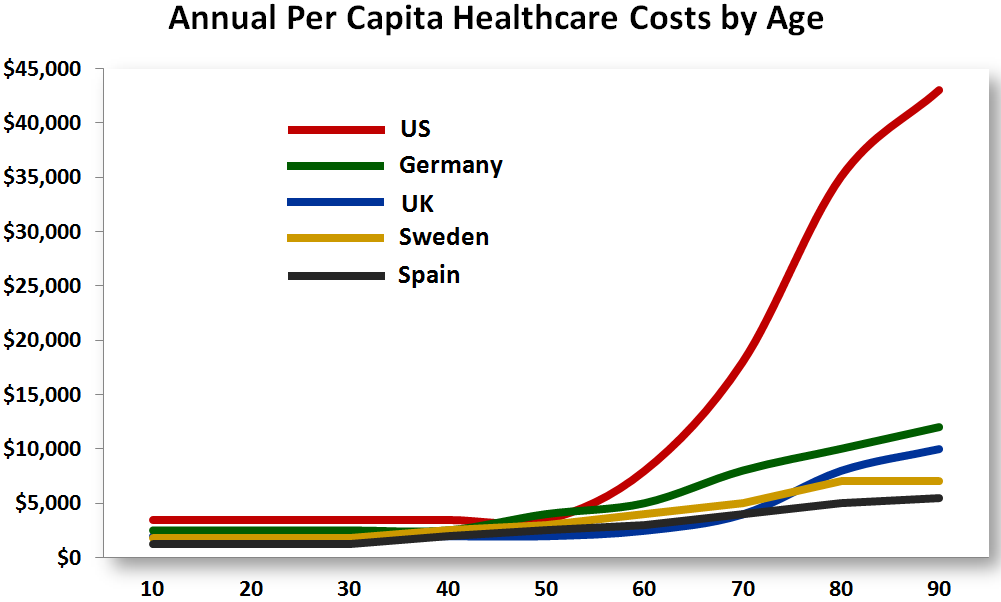

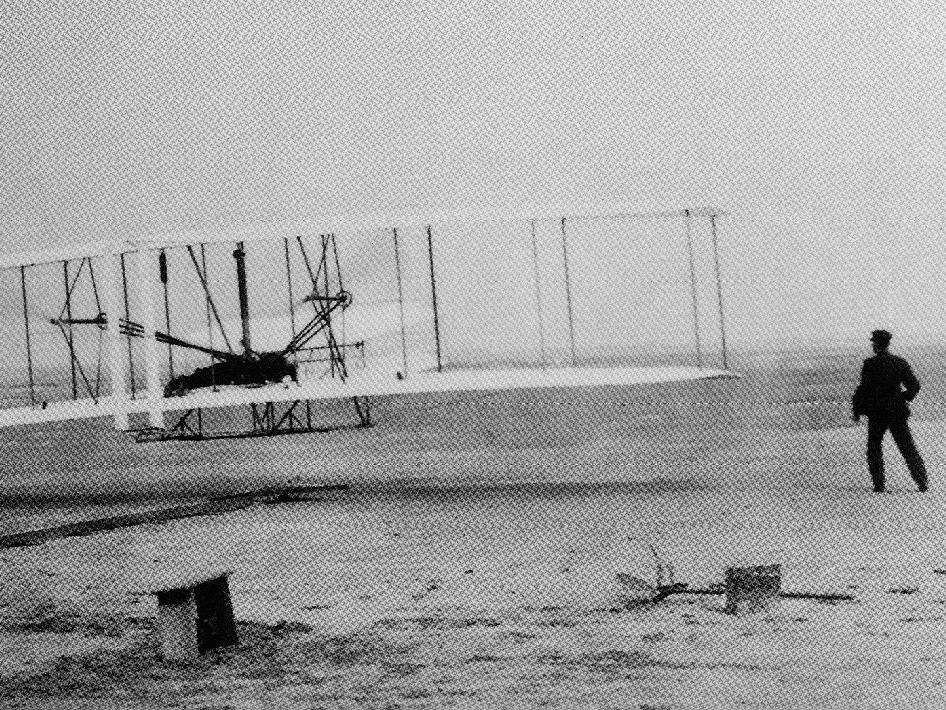 Innovation
Innovation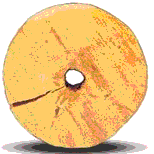 This brings me to the wheel. The wheel is probably the most important mechanical invention of all time. Nearly every machine built since the beginning of the Industrial Revolution involves this single, basic principle embodied in one of mankind’s truly significant inventions. It is hard to imagine any mechanized system that would be possible without the wheel or the idea of a symmetrical component moving in a circular motion on an axis. Various references all over the internet state that from ancient drawings, the earliest known use of this invention was a potter’s wheel that was used in Mesopotamia (part of modern day Iraq) as early as 3500 BC. You can find a wheel like component in every part of your life. It has been reworked, downsized, enlarged, given spokes and saw like grips. Yet everyone says “
This brings me to the wheel. The wheel is probably the most important mechanical invention of all time. Nearly every machine built since the beginning of the Industrial Revolution involves this single, basic principle embodied in one of mankind’s truly significant inventions. It is hard to imagine any mechanized system that would be possible without the wheel or the idea of a symmetrical component moving in a circular motion on an axis. Various references all over the internet state that from ancient drawings, the earliest known use of this invention was a potter’s wheel that was used in Mesopotamia (part of modern day Iraq) as early as 3500 BC. You can find a wheel like component in every part of your life. It has been reworked, downsized, enlarged, given spokes and saw like grips. Yet everyone says “
